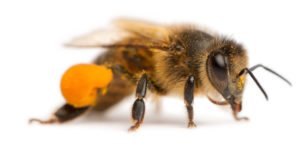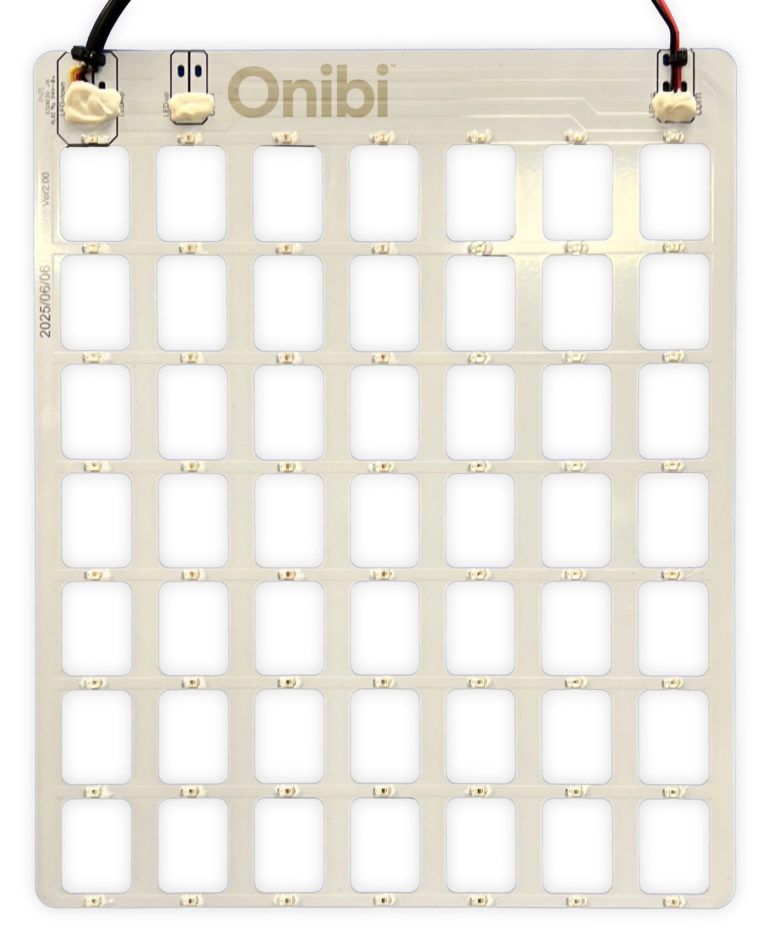A radical new approach to bee health
Restore vitality at the cellular level
Reactivates energy production in cells
Supports immunity and recovery from stress
Improves hive thermoregulation and brood health
Increases foraging activity and pollination efficiency
Drained by stressors
Multiple threats weaken bees from within.
Plant protection
Transportation
Climate changes
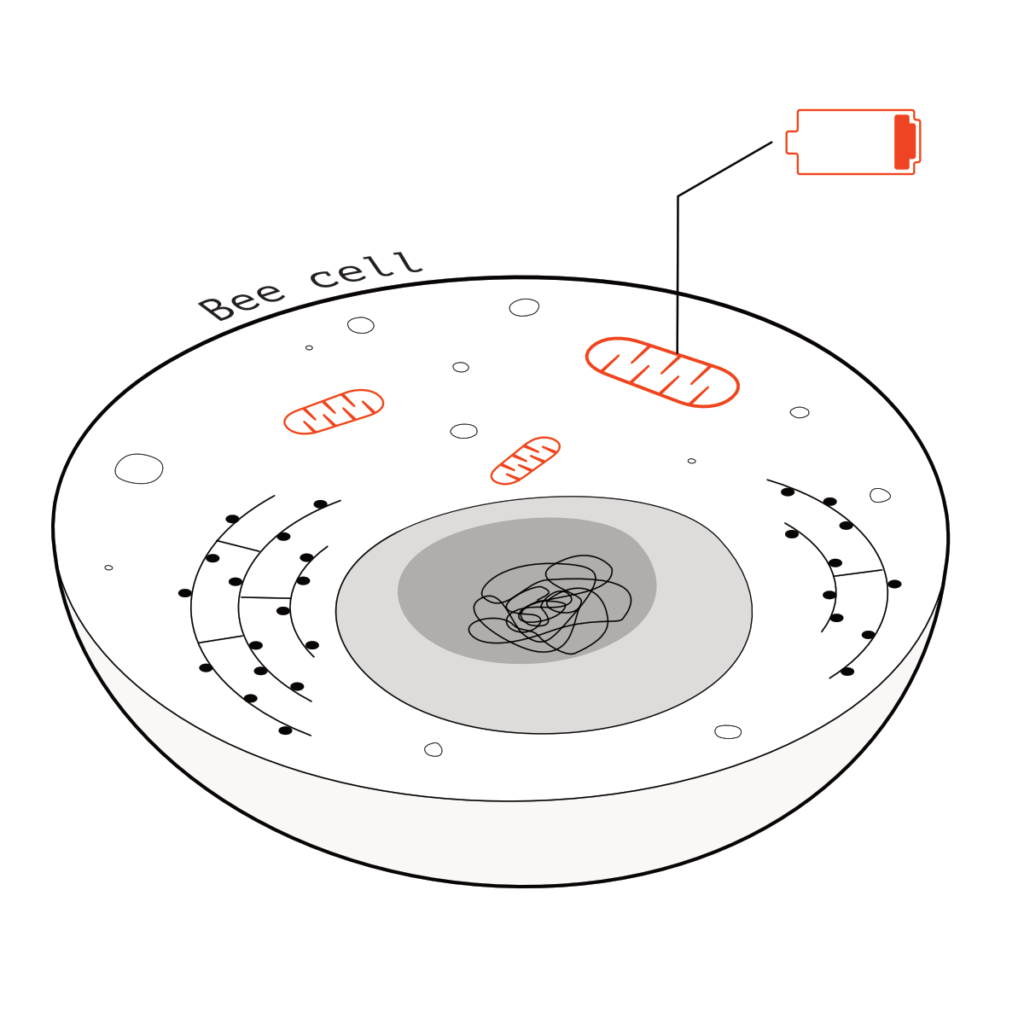
This results in mitochondria dysfunction.
Mitochondria works as battery for the cell
Recharged by Light
Light therapy restores bees natural strength.
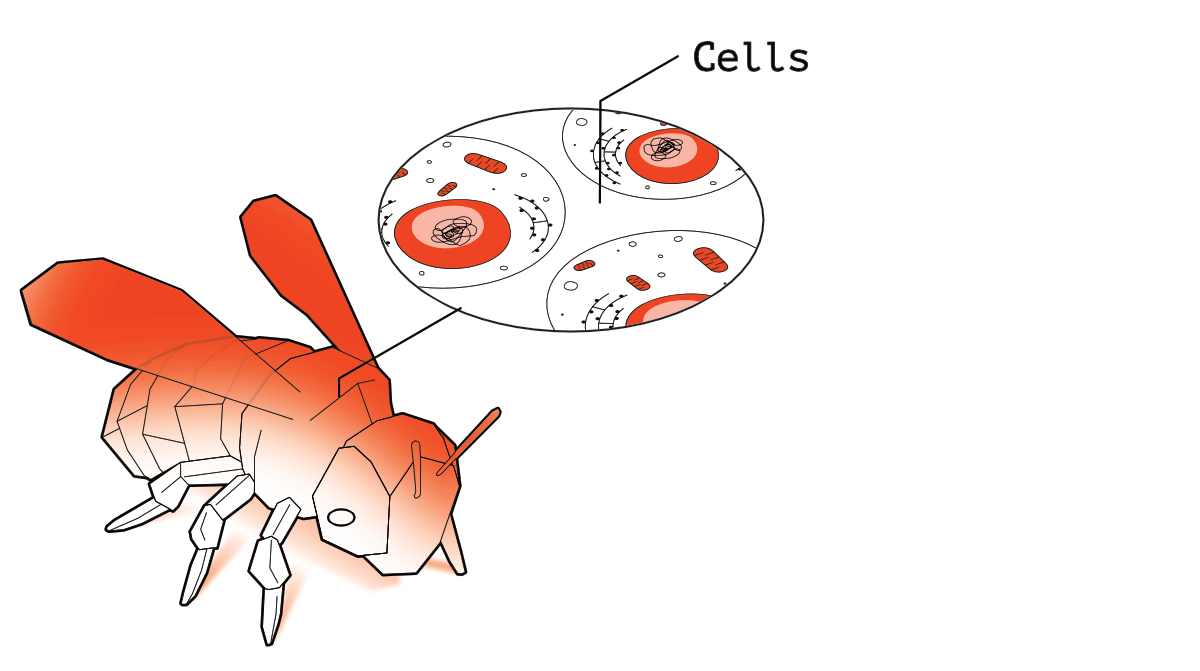
01.Light exposure
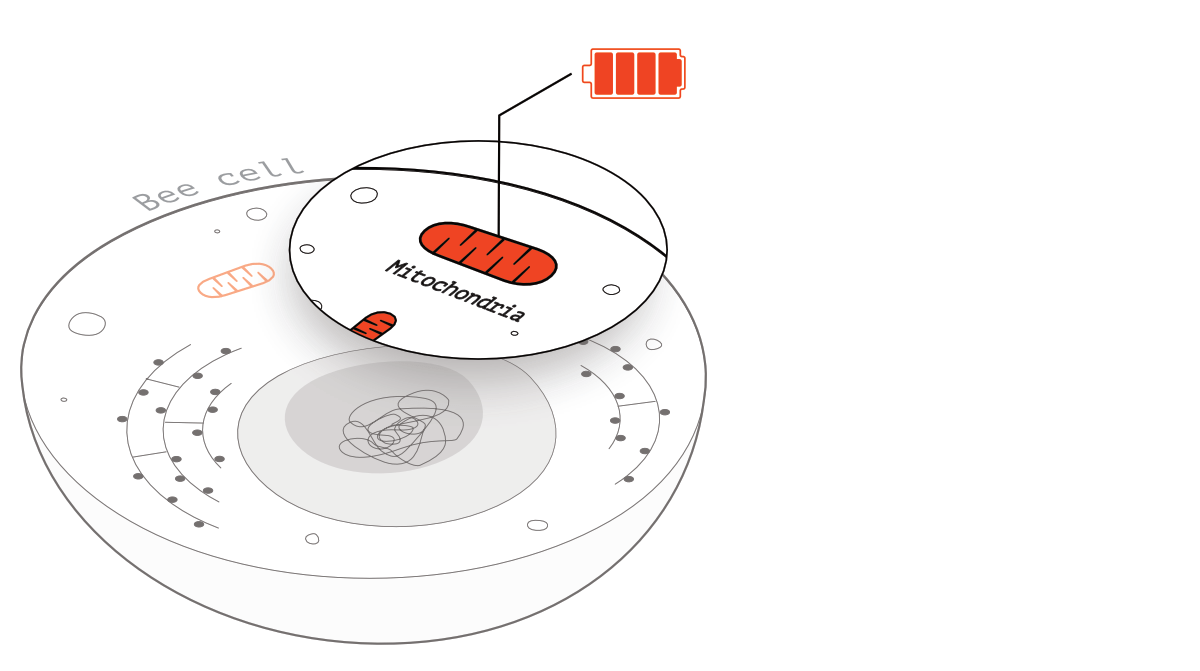
02.Recharges mitochondria
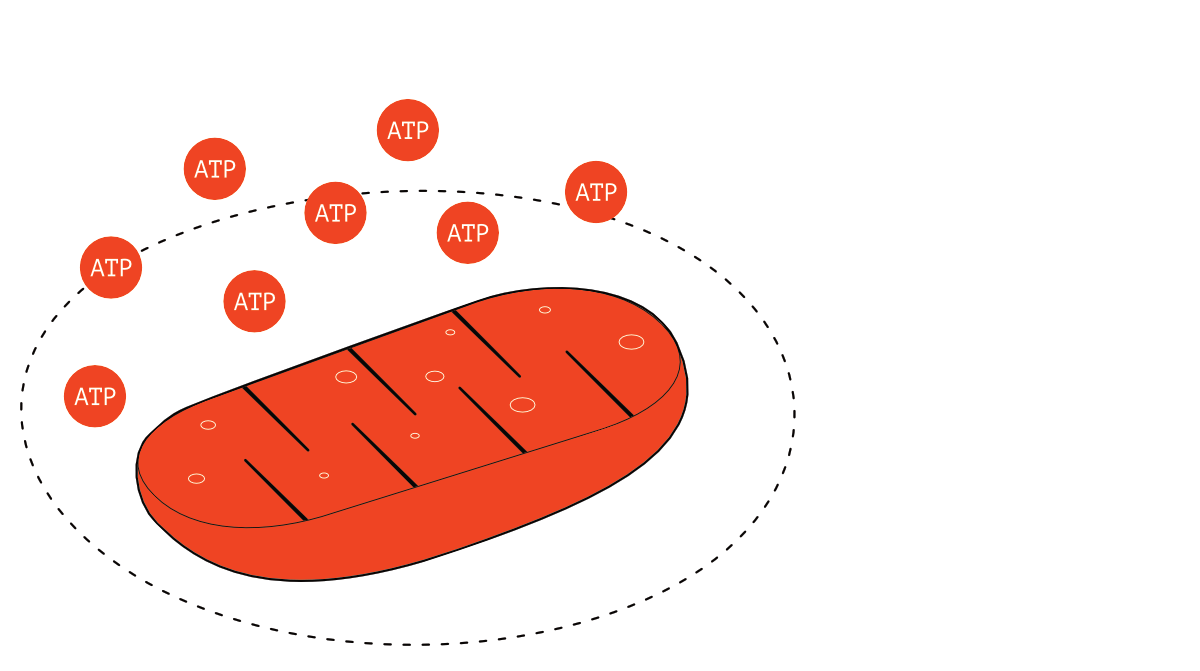
03.Mitochondria resume energy (ATP) production
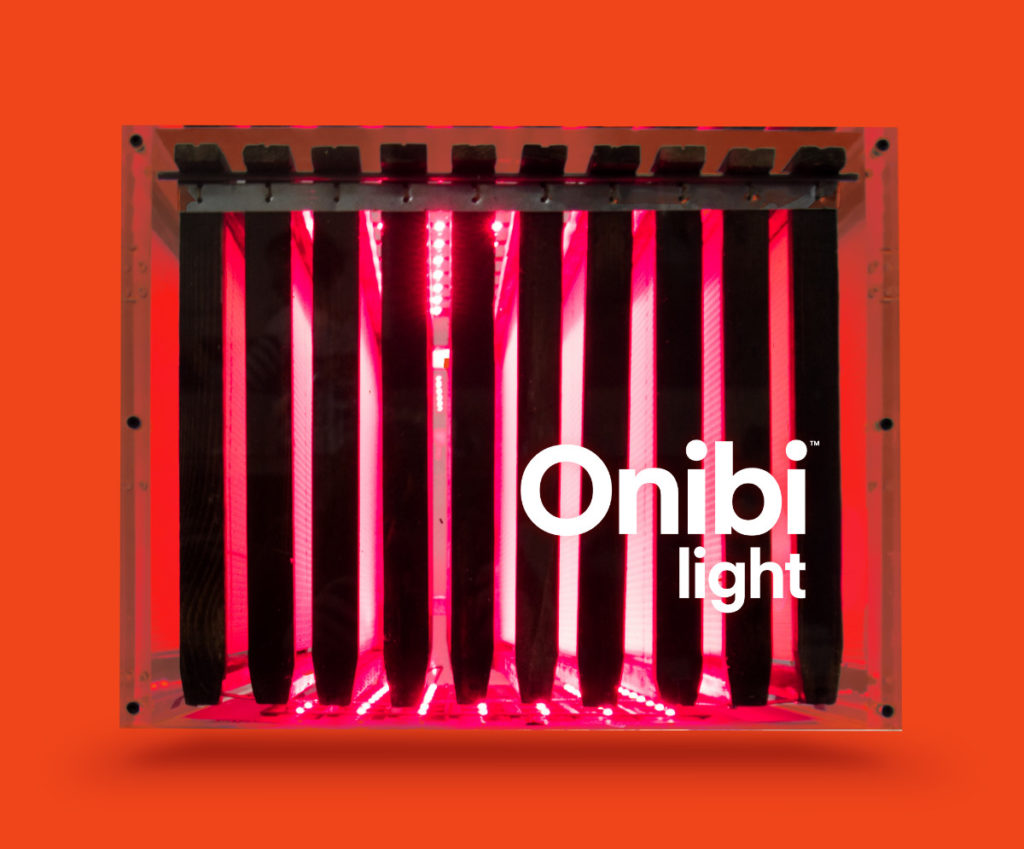
How it works
Simple integration. Smart delivery. Real results.
Targeted Light Spectrum
Emits precise wavelengths that are proven to promote cellular repair and metabolic balance in bees.
Seamless Integration
Designed to be easily incorporated into traditional hives without structural changes.
Optimised Therapy Timing
Delivers light at scientifically determined intervals for the optimal duration, enduring maximum benefits when bees need it most.
Disturbance Free Operation
Uses light invisible to bees, ensuring their natural rhythm remains undisturbed.
Low Maintenance Operation
Fully automated for continuous, energy-efficient performance.
Ongoing Care
Keeps hives in top condition, reducing the risk of disease over time.
Installation
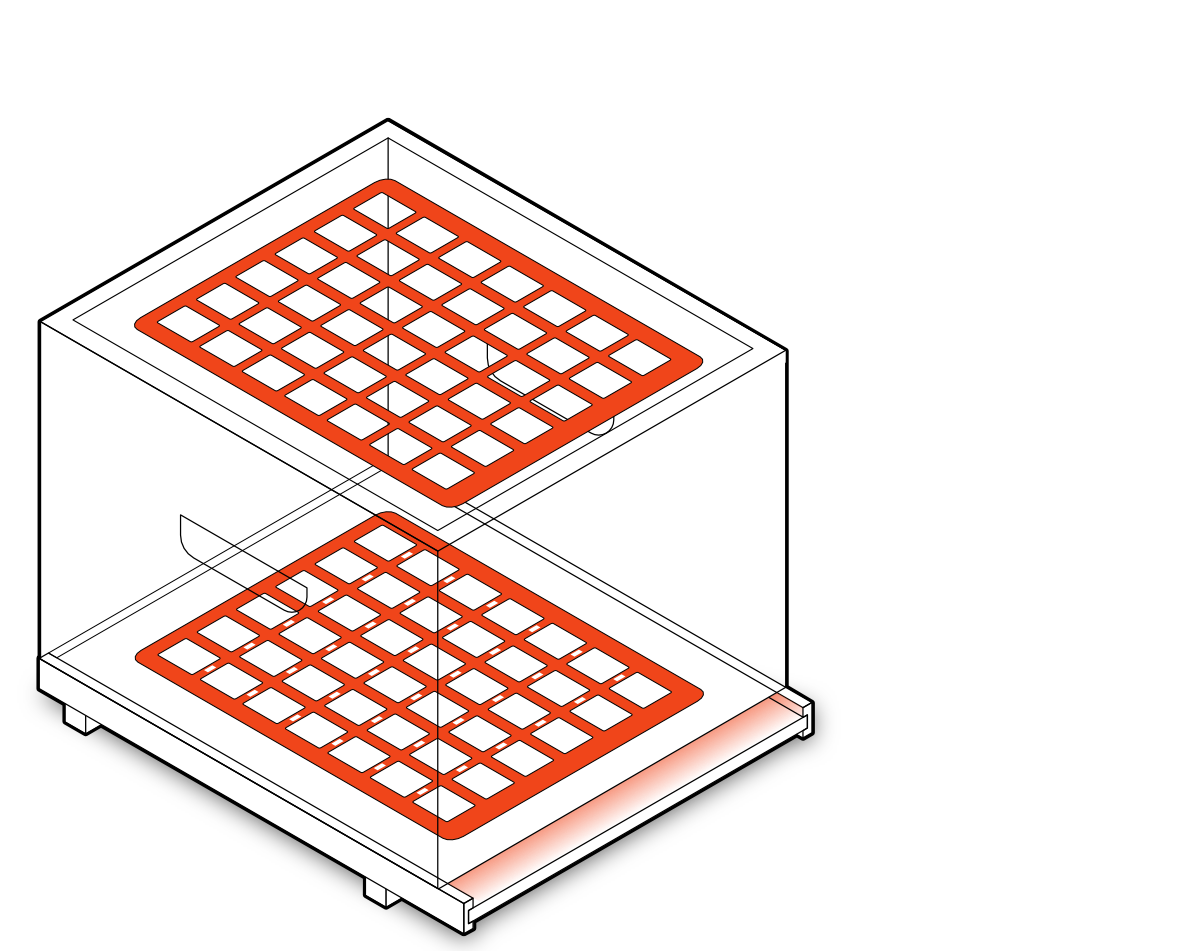
01.Place
Place two boards (one above and one below the frames) in the hive.
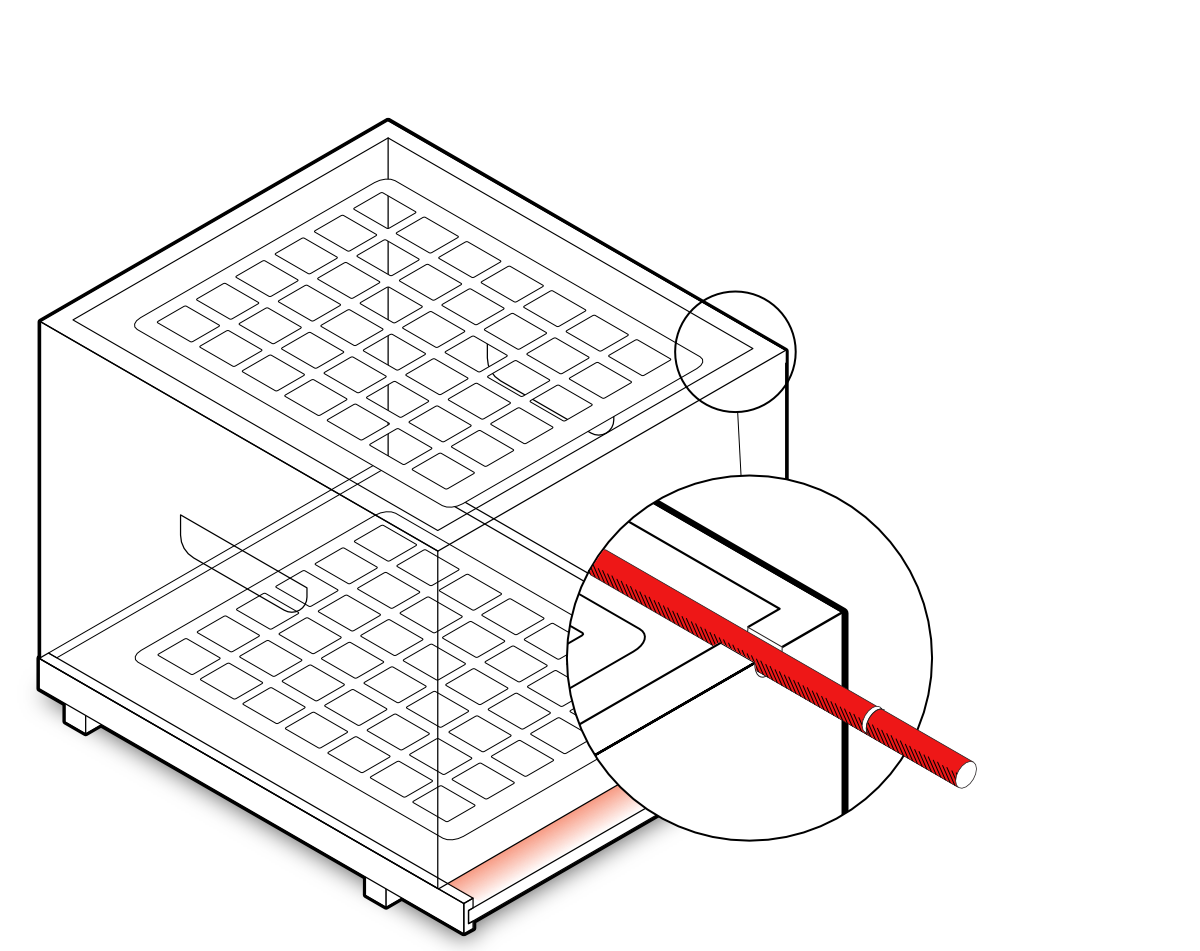
02.Notch
Cut small notches in the hive wall for the cables (two for beehives, one for bumblebee hives).
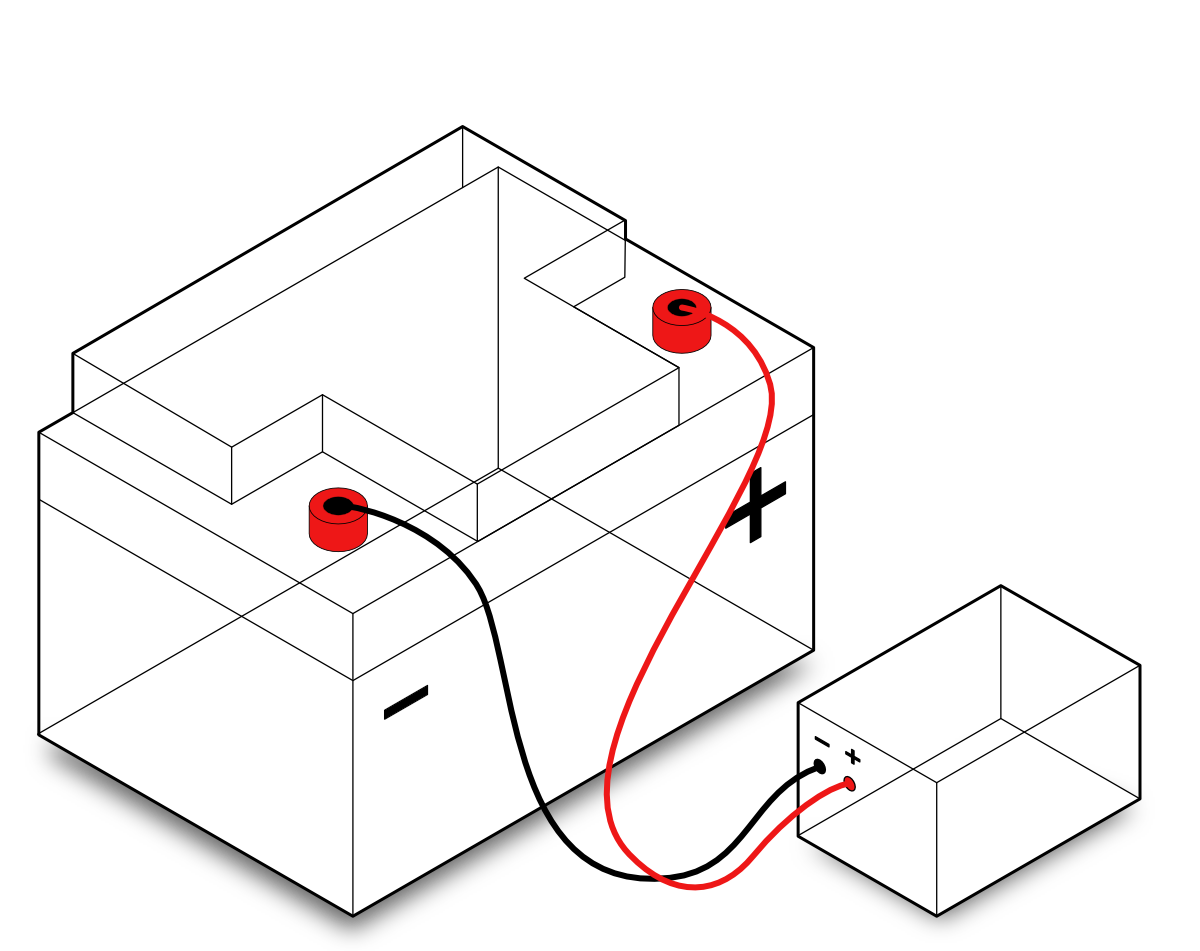
03.Power
Connect the power source with the controller.
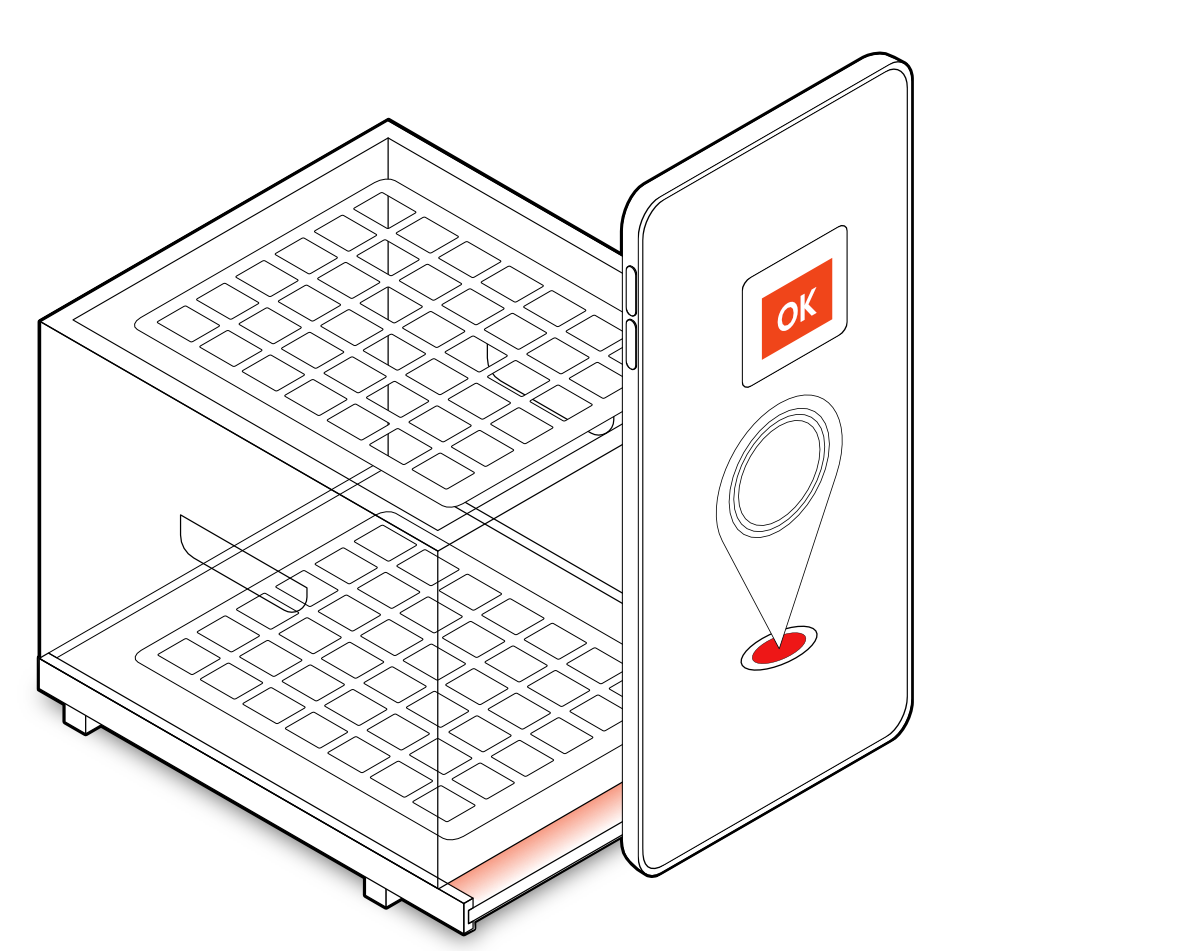
04.Register
Register your location in the controller to enable optimized automated treatment.
Who can benefit?
Beekeepers
Rewarding beekeeping with healthier bees
– Reduce colony loss
– Boost hive development
– Support bee vitality—all without chemicals
Who can benefit?
Farmers
& growers
Augment crop visitation with healthier and energised bees
– Maximize pollination naturally
– Improve fruit set and crop yield with more active bees and stronger colonies
– No extra labor, no chemical input
Who can benefit?
Pollination
services
Protect your bees & deliver a superior service with healthier bees
– Ensure hive strength during and after transport
– Improve foraging force
– Support resilience in nutrient-poor landscapes
Red light therapy: The science behind
Quantifiable and tangible results
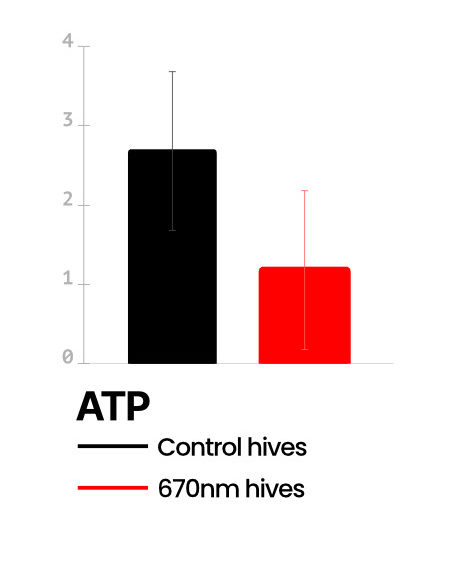
Measuring energy in individual bee
Bees treated with light therapy show higher energy levels, measured through increased adenosine triphosphate (ATP) production, and reduced cellular inflammation, measured through lower levels of reactive oxygen species (ROS).
The signs of healthy colony
The physiological benefits correlate directly with the colony’s ability to maintain a stable and healthy hive temperature, a process known as thermoregulation.

Peer reviewed technology
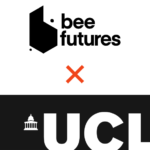
Onibi™ Light is grounded in peer-reviewed science and co-developed with researchers at University College London (UCL), a global leader in photobiology. Together with UCL, we have adapted low-level light therapy (LLLT) for use in both honeybee and bumblebee colonies, bringing lab-proven techniques into real-world hive management.
Our joint research has demonstrated how near-infrared light improves mitochondrial function, supports immune responses, and helps bees recover from stress caused by pesticides and environmental pressures.
Published research
Case studies & findings
Proven impact in the field

Spring 2021 in France saw an unusually warm March followed by a severe April frost that devastated vineyards and fruit crops. All control bee colonies failed to thermoregulate that spring, while light-treated hives maintained stable temperatures.

Treated bees are more effective at water collection and hive cooling. In the summer of 2021, colonies
treated with Onibi Light could keep the colony below 37C at all times, while the control group peaked at
temperatures close to and above 39C over many hours, 4 days in the row

Bees exposed to the commonly used neonicotinoid pesticide experienced mitochondrial collapse, but regained mobility under light therapy, which boosted ATP production and restored their energy levels.

Even short trips drain bee energy, with recovery taking over four days. Light therapy prevents ATP loss, helping transported bees retain energy and recover faster.
”Our research shows enhanced mitochondrial activity, visual function and immune response in treated bees.
Glen JefferyProfessor of Neuroscience
Get in touch
Ready to help bees thrive?
We’re currently working with organisations and businesses only,
planning to open up our service to everyone soon.
